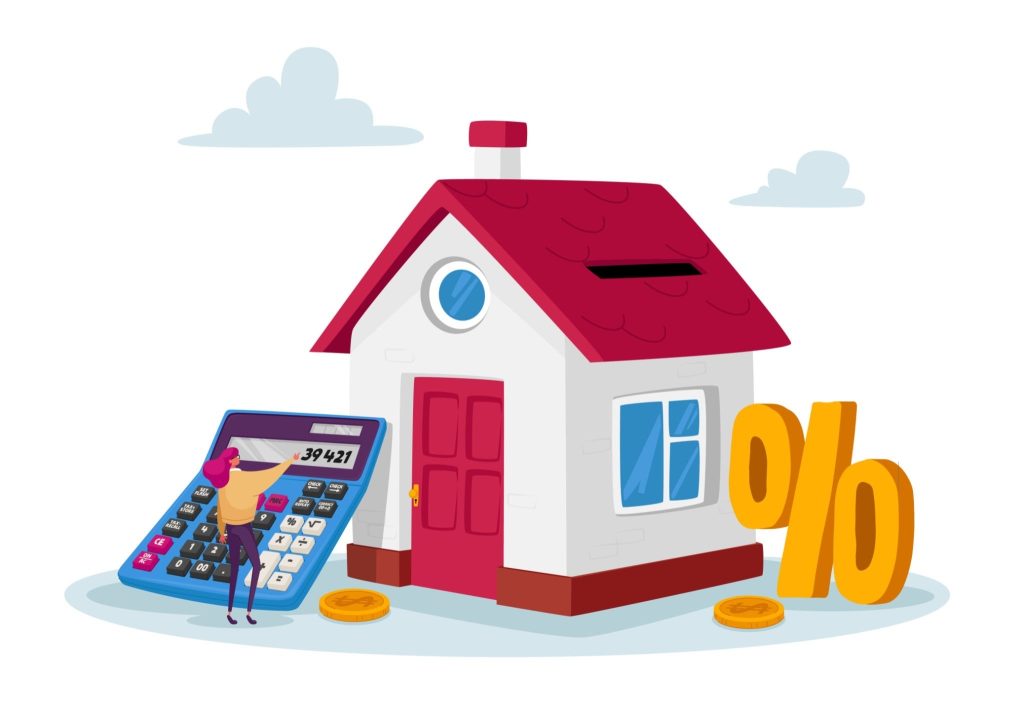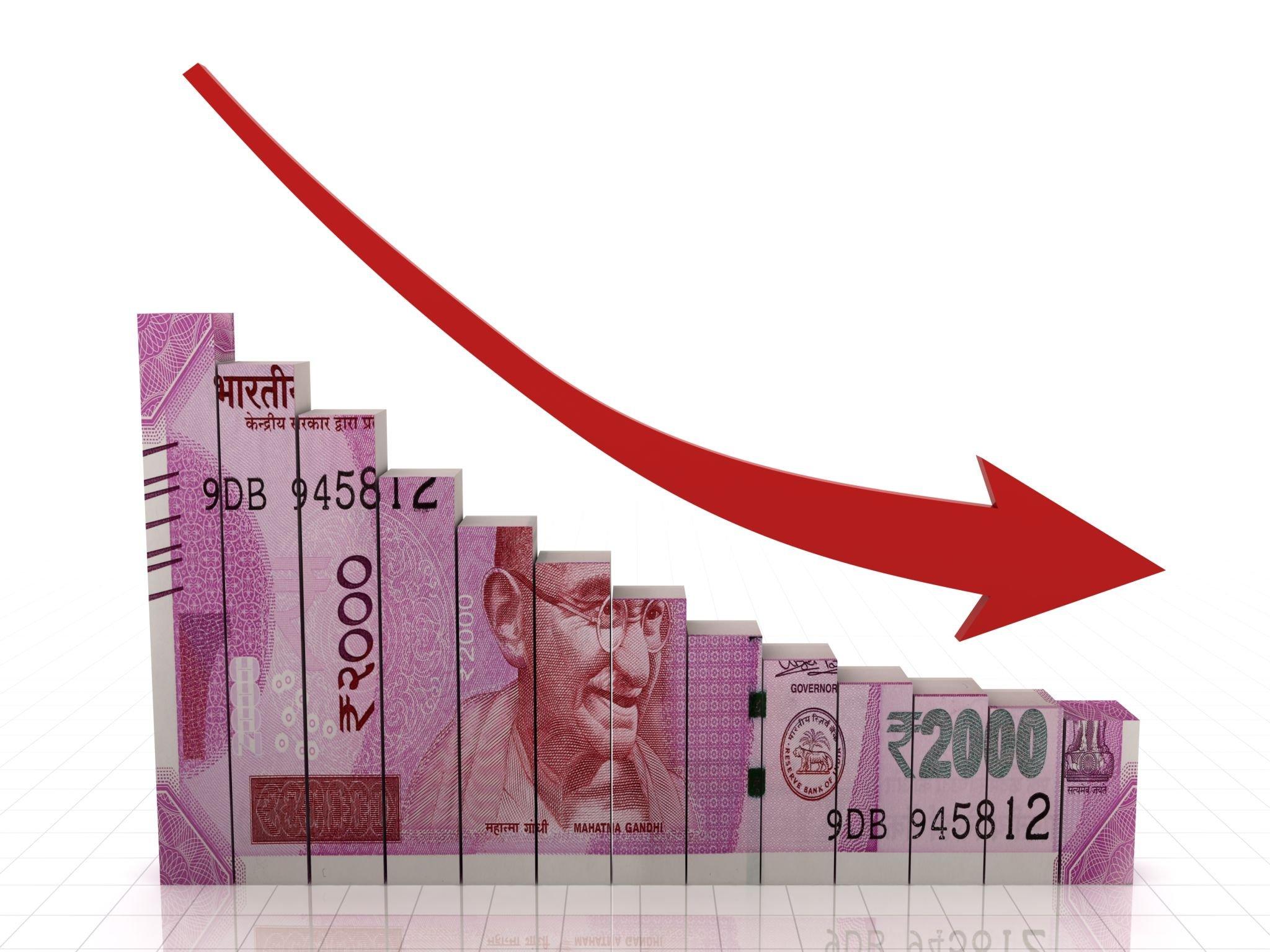
Unlocking the Key to Smarter Home Financing in India
Homeownership is a dream cherished by millions in India. The prospect of owning a home is not just a financial goal but an emotional milestone for many. However, purchasing a house is a significant financial undertaking, and most individuals require a home loan to make this dream a reality. When it comes to home loans, understanding the Loan-to-Value (LTV) ratio is pivotal. In this comprehensive guide, we will delve into the concept of LTV and explore how it impacts the Indian real estate market.
What is Loan-to-Value (LTV) Ratio?
The Loan-to-Value (LTV) ratio is a critical term in the world of home loans. It represents the ratio of the loan amount to the appraised value of the property you intend to purchase. LTV is expressed as a percentage and plays a crucial role in determining the terms and conditions of your home loan. In essence, the LTV ratio reflects the risk a lender is taking when providing you with a loan.
How LTV Affects Your Home Loan
1. Down Payment Requirement
The LTV ratio directly influences the down payment you need to make. If the LTV ratio is lower, you’ll be required to make a higher down payment. For example, if the LTV ratio is 80%, you’ll need to pay the remaining 20% as a down payment.
2. Interest Rates
A higher LTV ratio often results in higher interest rates on your home loan. This is because a higher LTV ratio represents a greater risk to the lender. To offset this risk, they charge a higher interest rate. Therefore, it’s in your best interest to aim for a lower LTV ratio, as it can lead to more favorable loan terms.
3. Eligibility
Your eligibility for a home loan is closely tied to the LTV ratio. Lenders use this ratio to assess the risk associated with your loan application. A lower LTV ratio may make you a more attractive borrower, potentially increasing your chances of loan approval.

Tips to Optimize Your LTV Ratio
1. Save for a Higher Down Payment: By saving more for your down payment, you can lower the LTV ratio and secure better loan terms.
2. Improve Your Credit Score: A higher credit score can help you qualify for a lower LTV ratio, which can translate into lower interest rates.
3. Choose the Right Property: The location and condition of the property can impact its appraised value, so choose wisely.
4. Negotiate with the Lender: Sometimes, lenders are willing to offer more favorable terms if you negotiate.
Final Thoughts
Understanding the Loan-to-Value (LTV) ratio is crucial for anyone considering a home loan in India. By optimizing your LTV ratio, you can not only secure more favorable loan terms but also take a significant step towards realizing your dream of homeownership.
In conclusion, LTV is not just a number; it’s the key to smarter home financing. Use it wisely to unlock the doors to your dream home.






